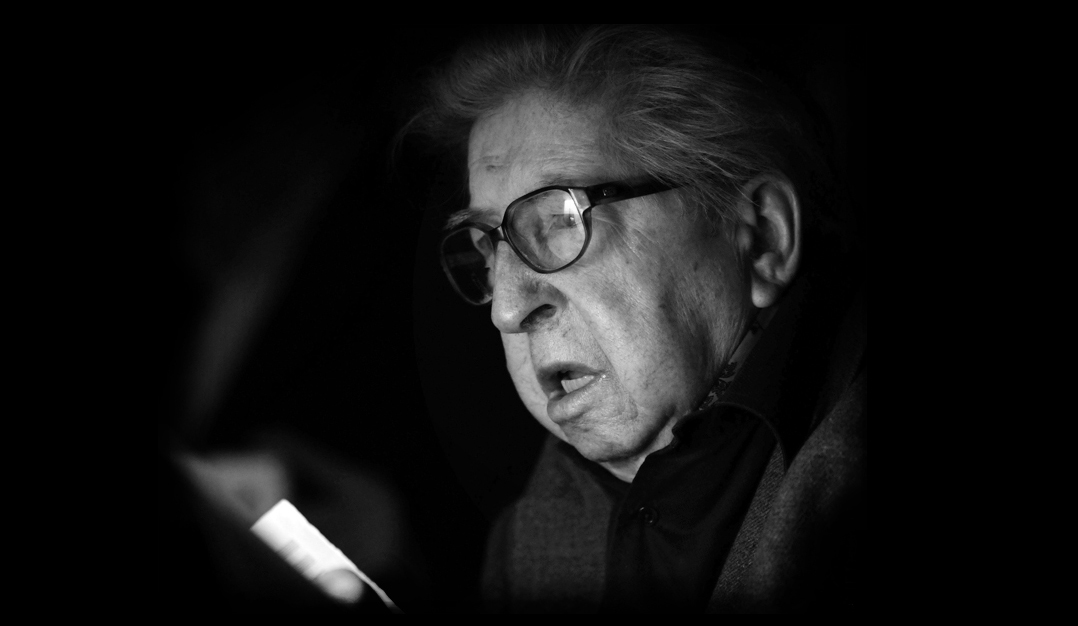Celebrating Henri Dutilleux

‘Henri Dutilleux… achieved a wholly individual synthesis of ear-catching colours and harmonies with formal rigour. In a musical world where many loudly proclaim their independence, he was a true but discreet independent.’
– Roger Nichols, The Guardian
On May 22, 2013 we lost one of the most important and generous composers of our times, Henri Dutilleux (1916 - 2013). He won a fine international reputation both as composer and as teacher, he was Composition Professor at Paris “Ecole Normale” and Paris Conservatory.
Henri Dutilleux left behind him a catalogue of outstanding works, including vocal, chamber and orchestral pieces. His Symphony No 2 ‘Le Double’ – one of his first masterworks – was commissioned by the Koussevitzky foundation.
In 1965 the Cleveland Orchestra commissioned Métaboles to celebrate the orchestra’s 40th anniversary. Described in the composer's own words; ‘The rhetorical term Métaboles, applied to a musical form, reveals my intention: to present one or several ideas in a different order and from different angles, until, by successive stages, they are made to change character completely’.
One of the most important cello concertos of the 20th century, Tout un monde lointain, was commissioned in 1960 by Mstislav Rostropovitch. Geoff Brown remarked of the piece in The Time ‘What other contemporary composer offers such high-quality, immediate enchantment? ’
In 1976, the Koussevitzky foundation commissioned his celebrated string quartet, Ainsi la Nuit. The beautiful Mystère de l’Instant was commissioned by Paul Sacher in 1986, premiered in 1989 by Collegium Musicum Zurich.
Key Works
Symphony No.2 – “Le Double” (1959)
‘A musical play of mirrors and of contrasting colours’ – Henri Dutilleux
Métaboles (1965)
‘ …a gorgeous display of musical alchemy, topped off with a firework explosion…’ – Geoff Brown, The Times
Tout un monde lointain (1970)
‘…a majestic and mystical universe’ – Kate Molleson, The Telegraph
Timbres, Espace, Mouvement or ‘La Nuit Etoilée’ (1977)
‘…carried from beginning to end by the composer's orchestral genius, which creates a three-dimensional sound space’ – Michèle Tosi, Resmusica
Pièce sans titre ‘Muss es sein?’ (2000)
‘Pièce sans titre ‘Muss es sein?’ cryptically responds to the famous question (‘must it be?’) left by Beethoven on the score of his Quartet No. 16 but also refers to the recognisably open-ended nature of Dutilleux’s composition’ – Maxime Joss, Philharmonie de Paris
Listen to our “Celebrating Henri Dutilleux” playlist
About Henri Dutilleux
Born on 22 January 1916, Henri Dutilleux was mainly active in the second half of the twentieth century.
His style shows strong influence from Maurice Ravel, Claude Debussy and Albert Roussel but has a very individual element to it. His attitude towards serialism is difficult to discern. Although he did include some elements of the style in his own music, he criticized those behind the ideas saying that he disliked “the dogma and the authoritarianism which manifested themselves in that period”. He consistently refused to be associated with one single school of compositional thought. Rather, he merged and fused elements of earlier styles with those of the post-Second World War to create a rather unique style. The influence of jazz can also be heard in the regular use of pizzicato bass and syncopation.
He was awarded several awards through his career including the Grand Prix de Rome in 1938, UNESCO’s International Rostrum of Composers in 1955, the Grand-Croix de la “Légion d’honneur” in 2004 and the Ernst von Siemens Music Prize in 2005.
(March 2021)
